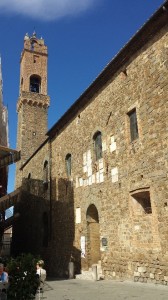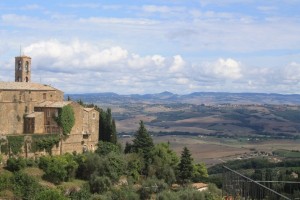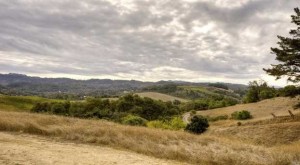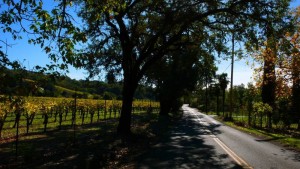It’s not every day that you can buy a bottle of wine from a prince. Yes, a real live prince and members of his family for that matter. Oh, sure, you’ve had wine from vineyards owned by princes, dukes and counts but we’re talking about handing a prince some money and he hands you a bottle. Such is the opportunity you have at Castello di Borghese in Cutchogue on Long Island’s North Fork.
There are quite a few reasons to visit Castello di Borghese besides hobnobbing with Italian royalty. The foremost is that it was the first winery in this sector of New York State, when it was known as Hargrave Vineyard. Alex and Louisa Hargrave had the wacky idea in 1973 that the land that had been used to grow potatoes for generations would also be suitable for wine. Today there are more than 50 wineries there.
For more than 25 years they made a variety of wines and sold them in bottles a distinctive lattice label. They tried quite a few varietals, including Cabernet Franc, Cabernet Sauvignon, Chardonnay, Merlot and Pinot Noir. It was our opinion (and still is, to an extent) that the terroir of the North Fork favors Cabernet Franc more than other grapes and so this Hargrave was our favorite.
(A little side story: The first time Steve invited Lucie to dinner, he wanted to serve his girlfriend from Québec something she had never tasted before, so he opened a bottle of Hargrave Cabernet Sauvignon.)
In 1999, the Hargraves sold their vineyard and winery to Prince Marco Borghese and his wife Ann Marie. That is how it came to pass that we bought a bottle from a prince. Marco and Ann Marie have passed away, but the winery is run by his heirs, so you still have your chance.
Another reason to taste Castello di Borghese’s wines is that they still rank among the best in Long Island. Their wines continue to win awards among local and national competitions. Now, the North Fork isn’t Bordeaux and the best of the region do not compare with the world’s greatest wines. But then again, New Yorkers don’t have to take a flight to sip a bit from some pretty respectable vineyards when they go wine tasting on Long Island.
Photo courtesy of North Fork Weddings
Befitting its status as the North Fork’s first winery, the tasting room is, well, tasteful but unassuming. The building is a little pink ranch house with a simple bar for tasting, in a room big enough to withstand weekend crowds. People have been tasting here for many years and so it is a popular destination. Castello di Borghese does require reservations for buses and stretch limos, but here as elsewhere it can get quite crowded on summer weekends.
A few wines bear some attention. The Petit Chateau (a red blend); Chardonette and Fleurette rosé pay homage to the winery’s history with a bit of the lattice design. Allegra, their dessert wine, is often quite good. It’s not truly an ice wine, since they chuck the grapes in the freezer rather than letting nature take its course. But it comes out pleasantly sweet all the same.
If you don’t mind an hour or two on the Long Island Expressway, a sunny day on the North Fork is always pleasurable. And if you do go, you should definitely visit the Prince’s own Castello di Borghese.
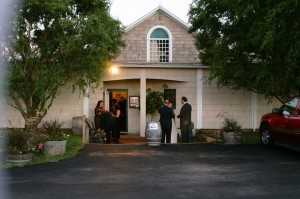
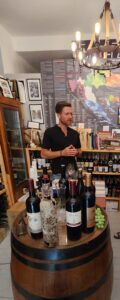
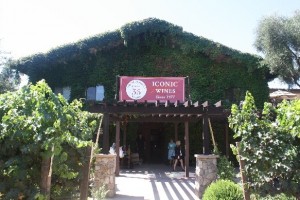 The Grgich Hills winery
The Grgich Hills winery 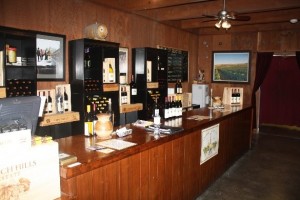 The tasting ro
The tasting ro